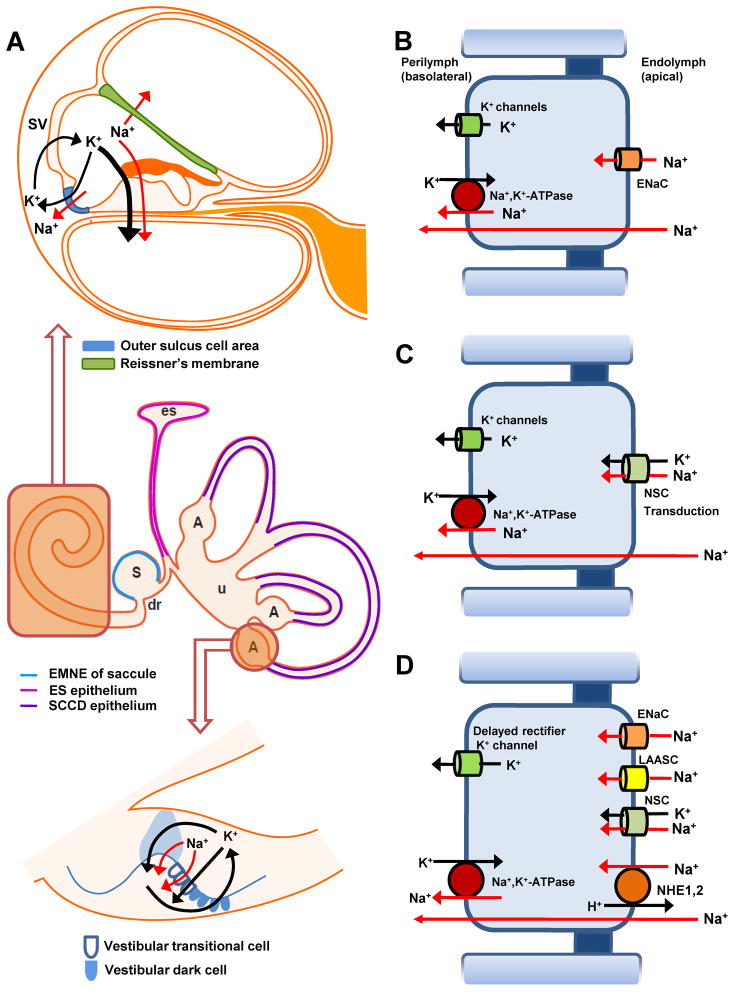Figure 1. Schematic drawing of transepithelial Na+ transport in the inner ear.
A) Na+ ions in the endolymphatic space are absorbed (red arrows) by cochlear, vestibular and sac epithelial cells. Cochlear cross section (upper panel), vestibular system with endolymphatic sac (middle panel) and ampulla (bottom panel). Absorptive cells are rendered in colors identified in the legends.
B) Transport model for epithelial sodium channel (ENaC)-mediated Na+ absorption (Reissner’s membrane, saccule and semicircular canal duct). Na+ absorption by these cells is regulated by glucocorticoid and purinergic signaling pathways (see text).
C) Na+ absorption mediated by nonselective cation (NSC) channels (outer sulcus cells and vestibular transitional cells; transduction channels of cochlear and vestibular hair cells). Na+ absorption by all of these cells is regulated by purinergic signaling pathways (see text).
D) Na+ absorption by the endolymphatic sac mediated by cationchannels of different ion permeabilities (ENaC, NSC and low amiloride-affinity sodium channel (LAASC)) and electroneutral Na+H , +exchange (NHE). The depicted transport processes are modeled here in one cell but may occur in multiple cell types. Na+ absorption by these cells is thought to be regulated by glucocorticoid and purinergic signaling pathways (see text).
All cell models extrude Na+ from the cell cytosol into the basolateral fluid, perilymph, via the Na+-pump (Na+,K+-ATPase) in parallel with a K+ conductance. S, saccule; es, endolymphatic sac; u, utricle; dr, ductus reuniens; A, ampulla of semicircular canal duct.

